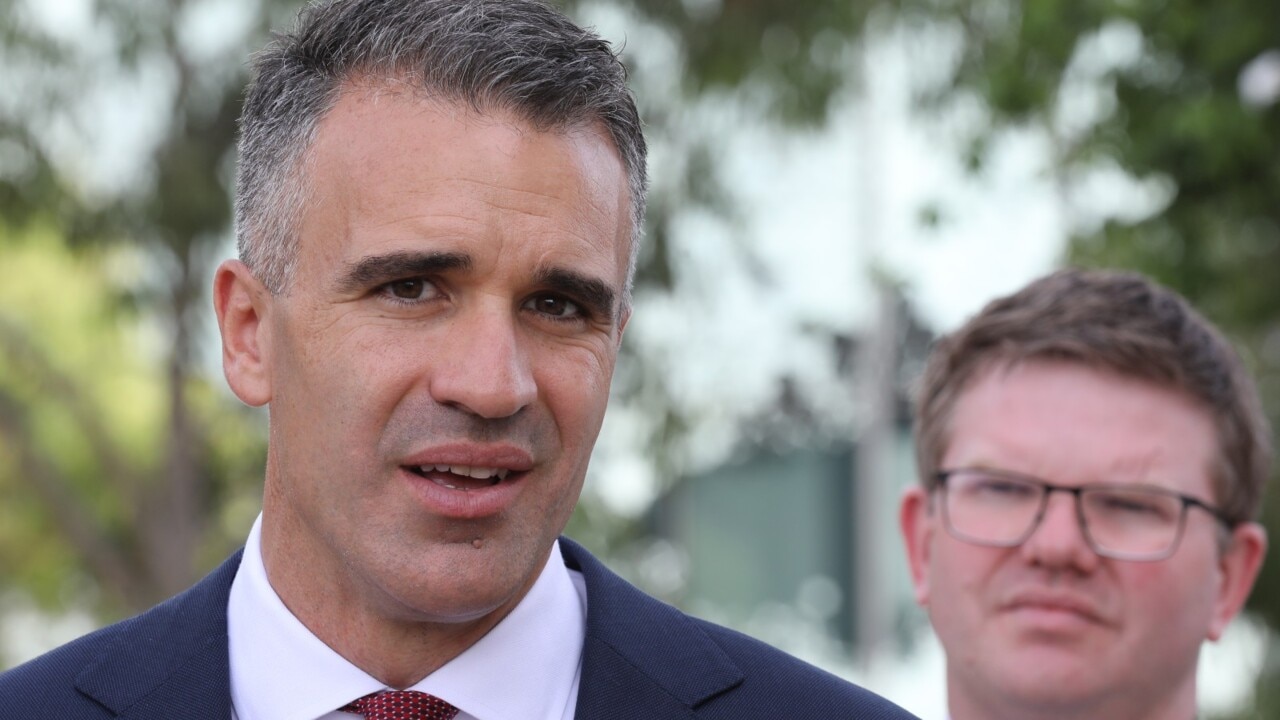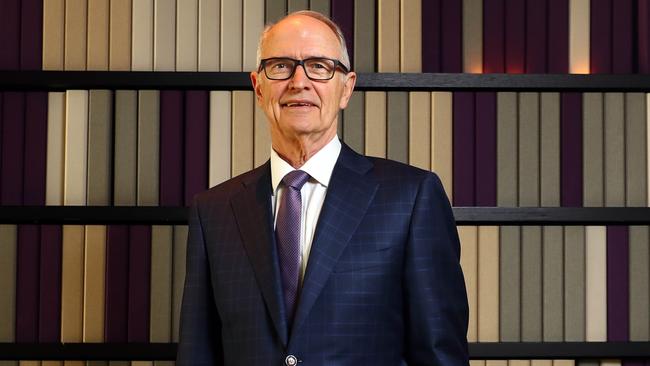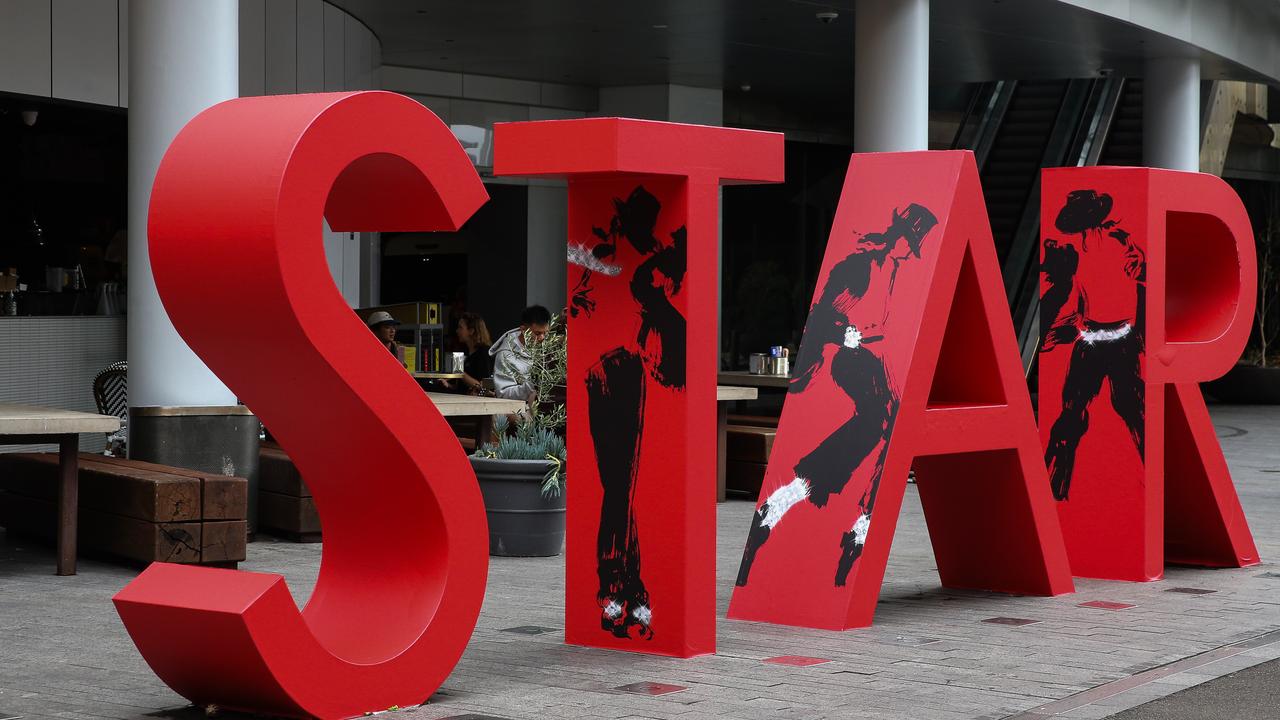Hydrogen to drive a steelmaking renaissance Professor Ross Garnaut says
The shift towards net zero will drive steelmaking back to Australian shores, as hydrogen made with renewable energy radically alters the industry, Professor Ross Garnaut says.

Business
Don't miss out on the headlines from Business. Followed categories will be added to My News.
The shift to a low carbon economy will bring steelmaking back to Australia, Professor Ross Garnaut says, with basic economics dictating that it will be cheaper to process iron ore here using renewable energy and hydrogen.
Speaking at the Committee for Adelaide’s South Australia Investment Conference, Prof Garnaut said the nation was lucky in that it had a number of key advantages as the world moves towards net zero, with our abundance of critical minerals and our vast renewable energy resources at the forefront.
Prof Garnaut said the new low-cost method of steel production in a low carbon world would be hydrogen based, and with the export of hydrogen in a liquefied state expensive, this meant it made sense to process Australian iron ore at home.

“The low cost way on current knowledge of turning iron ore into iron metal will be through reduction using hydrogen,’’ he said.
“In the zero emissions world that’s using hydrogen made from renewable energy … and that will be most economically done in Australia.
“The differences between costs here and in other countries are huge.’’
Prof Garnaut said in the high-carbon, coal-powered steelmaking scenario there was no comparative advantage in making steel in Australia, but that changed with hydrogen in the picture.
“If economics has anything to do with it, this is where you’ll process Australian iron ore. And economics in the end usually has a reasonably large say in these things,’’ he said.
Prof Garnaut said he believed Australia would export hydrogen, but it would cost much more for customers overseas than for users in Australia.
“We will be an exporter of hydrogen in liquefied form and in much larger quantities as ammonia for use as energy in other countries, but that … renewable hydrogen or ammonia is going to cost more than twice as much in the country of destination as it does in Australia,’’ he said.
Prof Garnaut said Northeast Asia and Western Europe would have a particularly difficult time decarbonising their economies without importing zero-emissions industrial inputs, “and Australia will be critical to whether China and Japan and Korea and Germany and the rest of the European Union and Scandinavia and the United Kingdom are able to decarbonise’’.
Prof Garnaut said Australia’s key advantages in the future low carbon economy included our vast renewable energy resources, a similar leading position in critical minerals such as lithium, the ability to develop biomass on a large scale, our huge sources of minerals whose processing needs were energy intensive, and our highly-developed skills base.
Grattan Institute chief executive Danielle Wood said Australia’s critical minerals exports could be worth double the value of our current coal exports by 2050, and Australia was in a world-leading position, with 27 per cent of the world’s known lithium resources, 22 per cent of the nickel and 21 per cent of the cobalt.
More Coverage
Originally published as Hydrogen to drive a steelmaking renaissance Professor Ross Garnaut says





